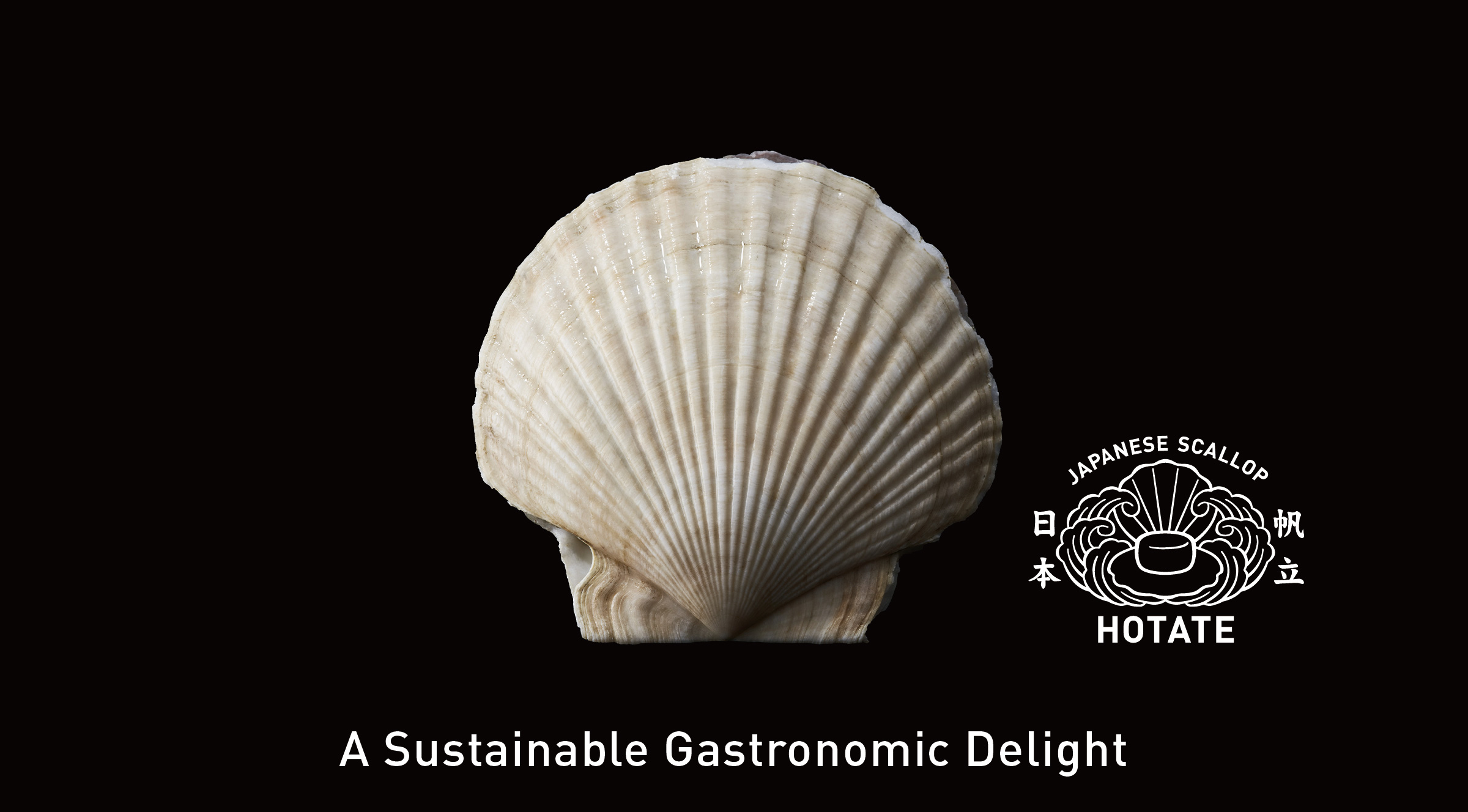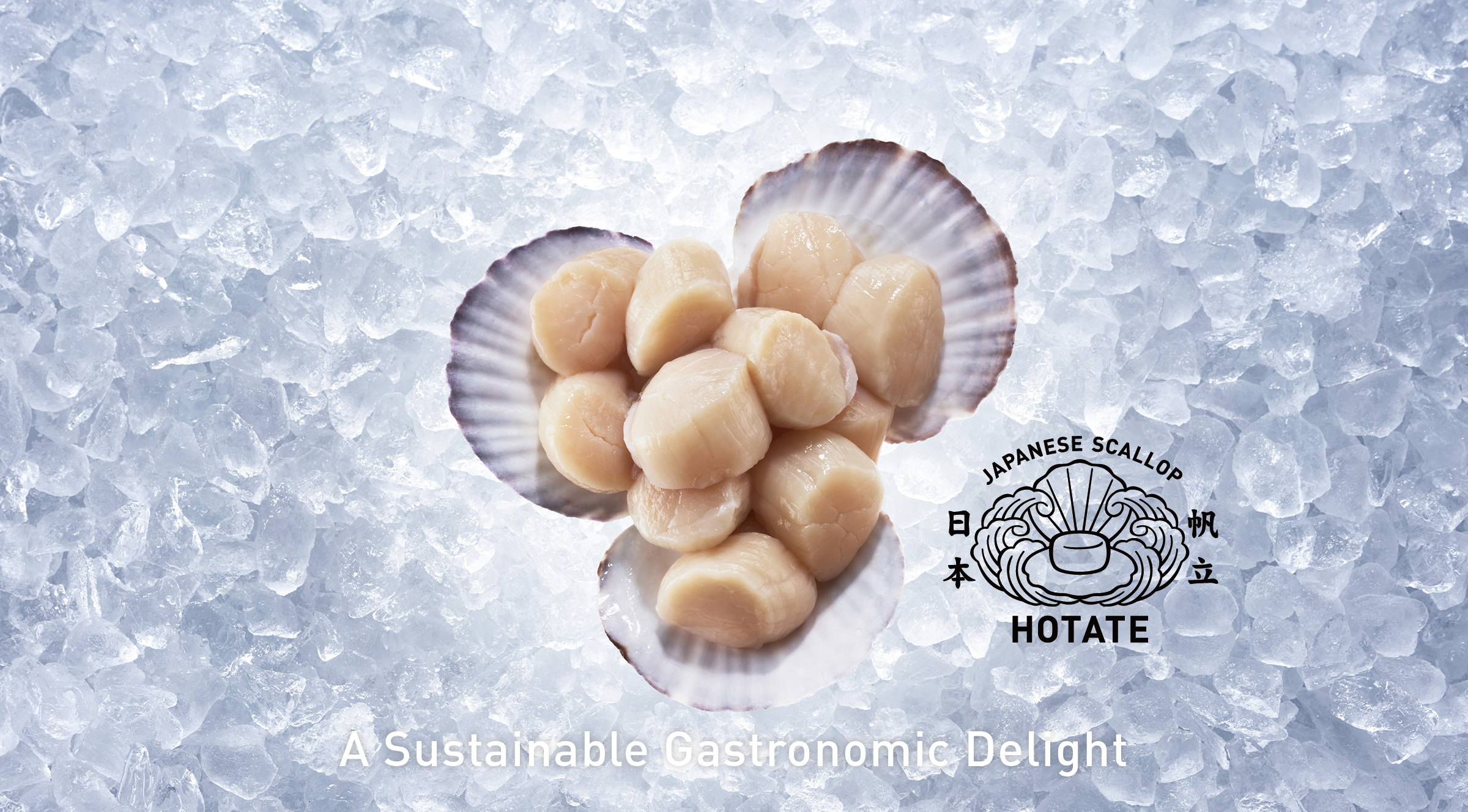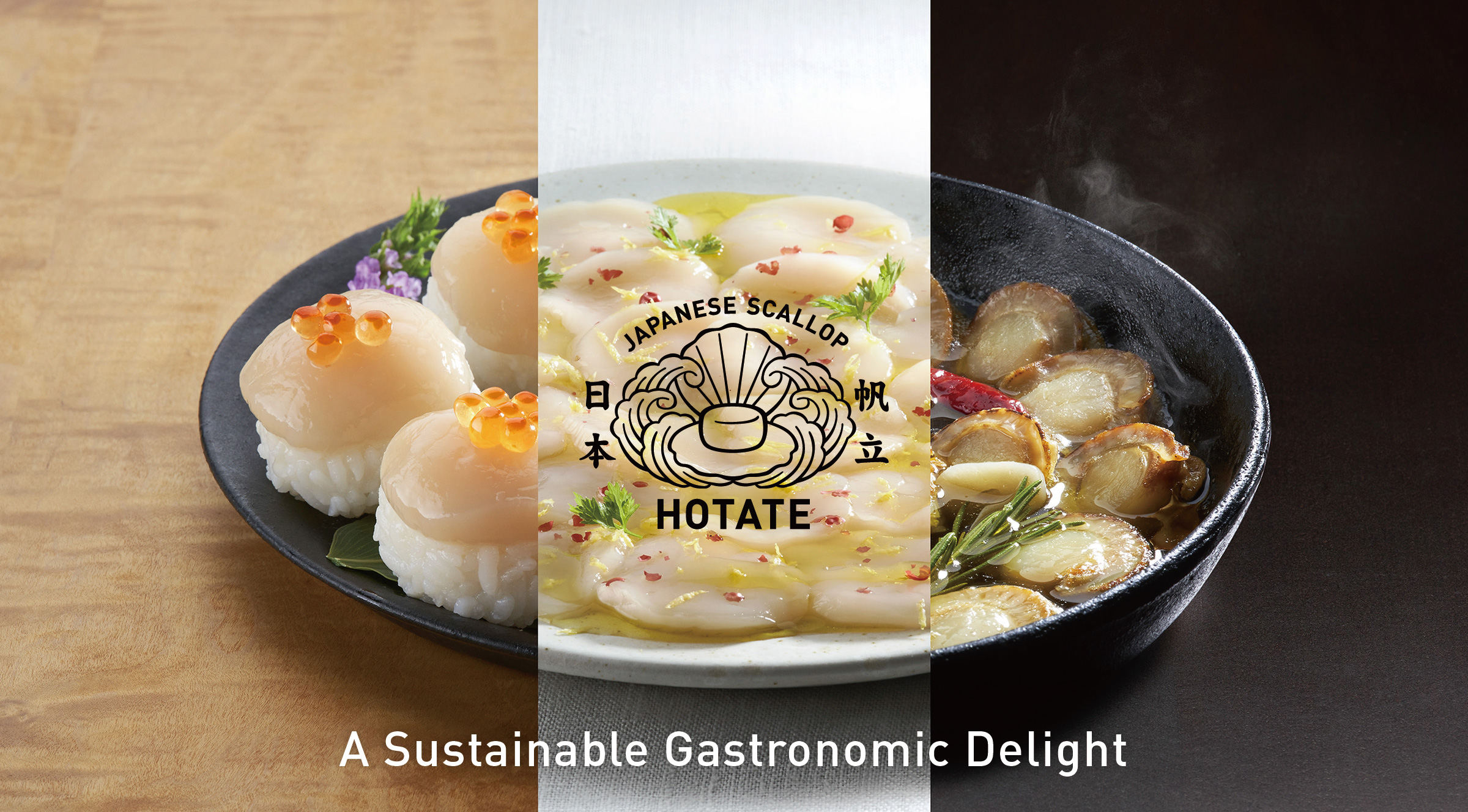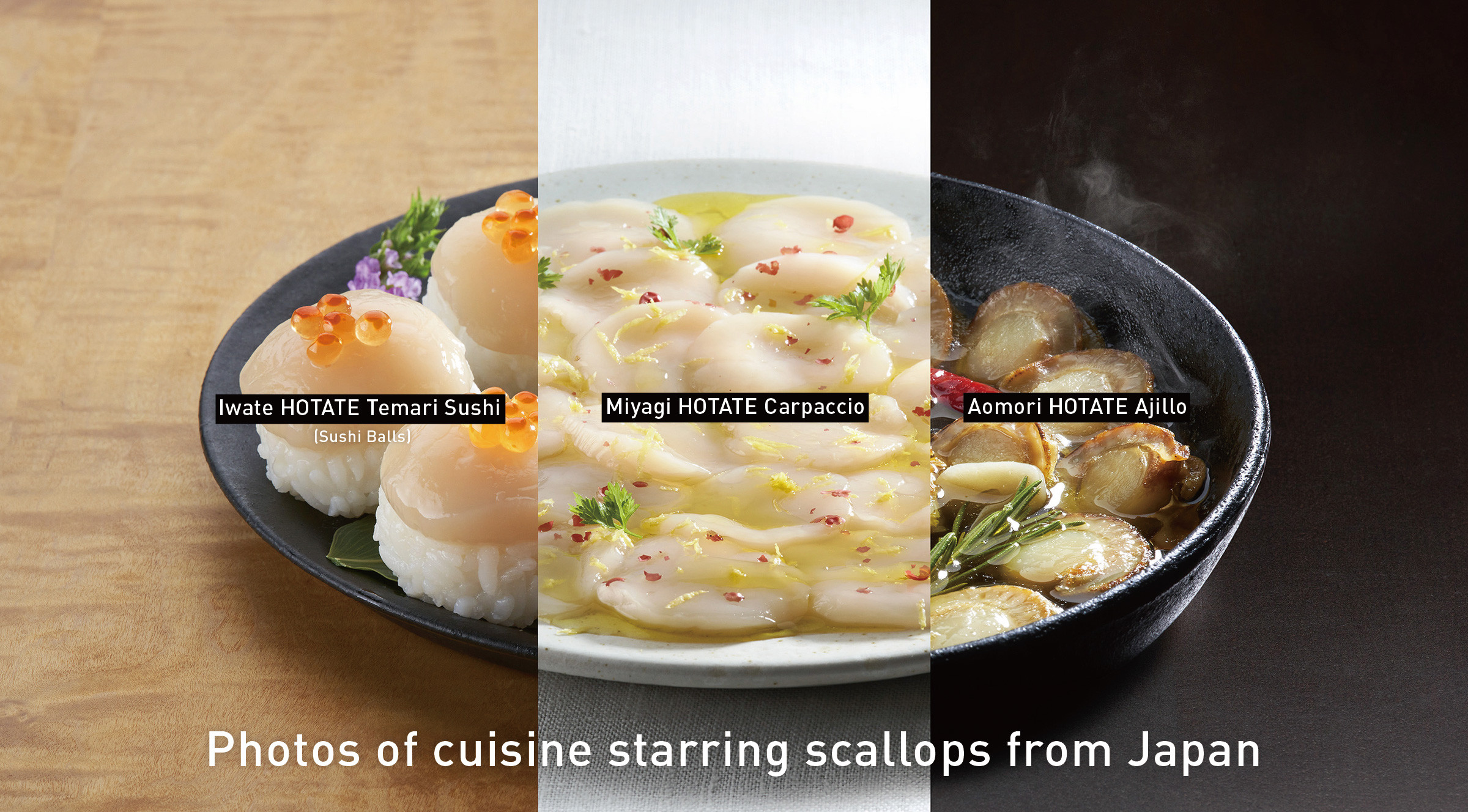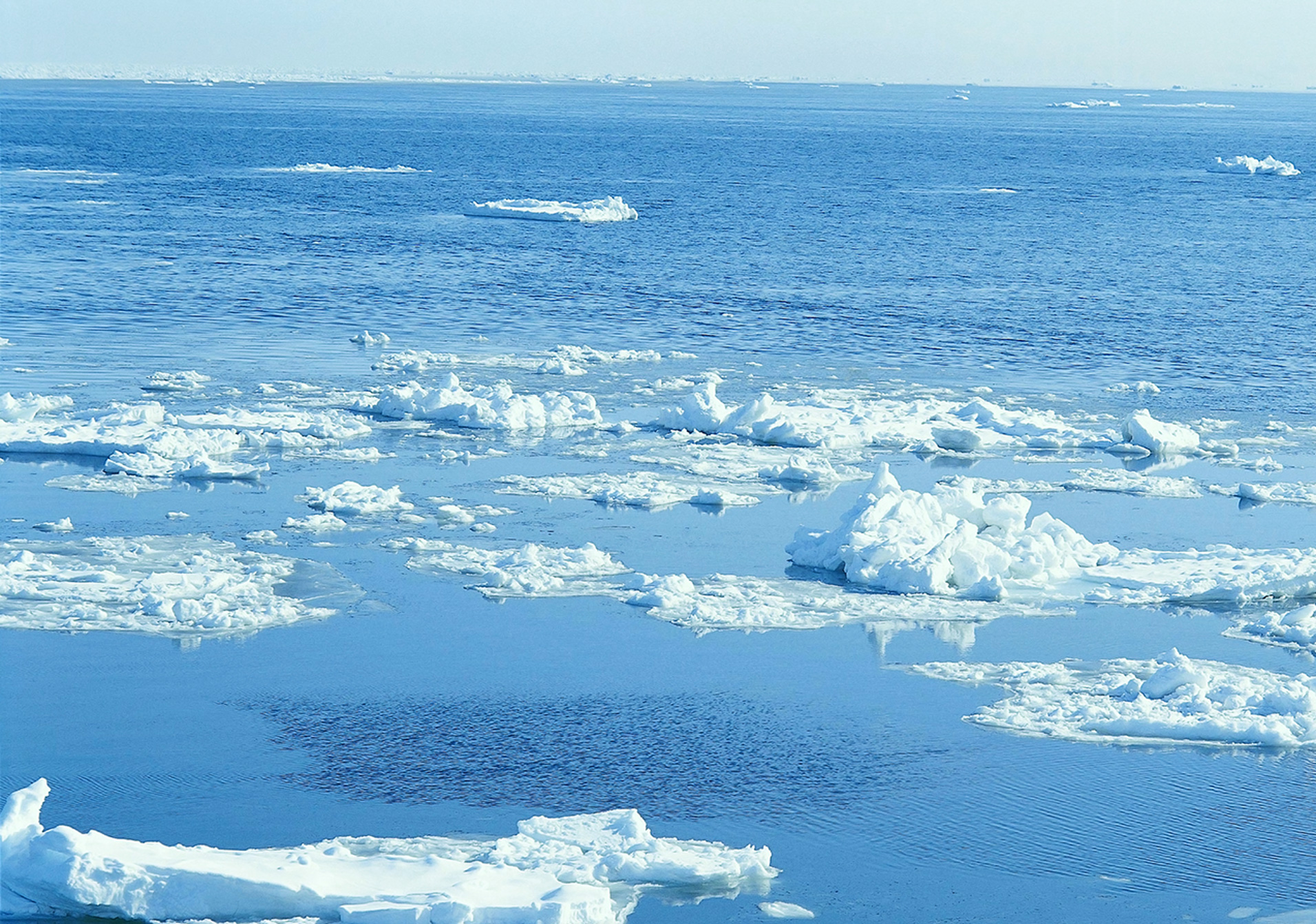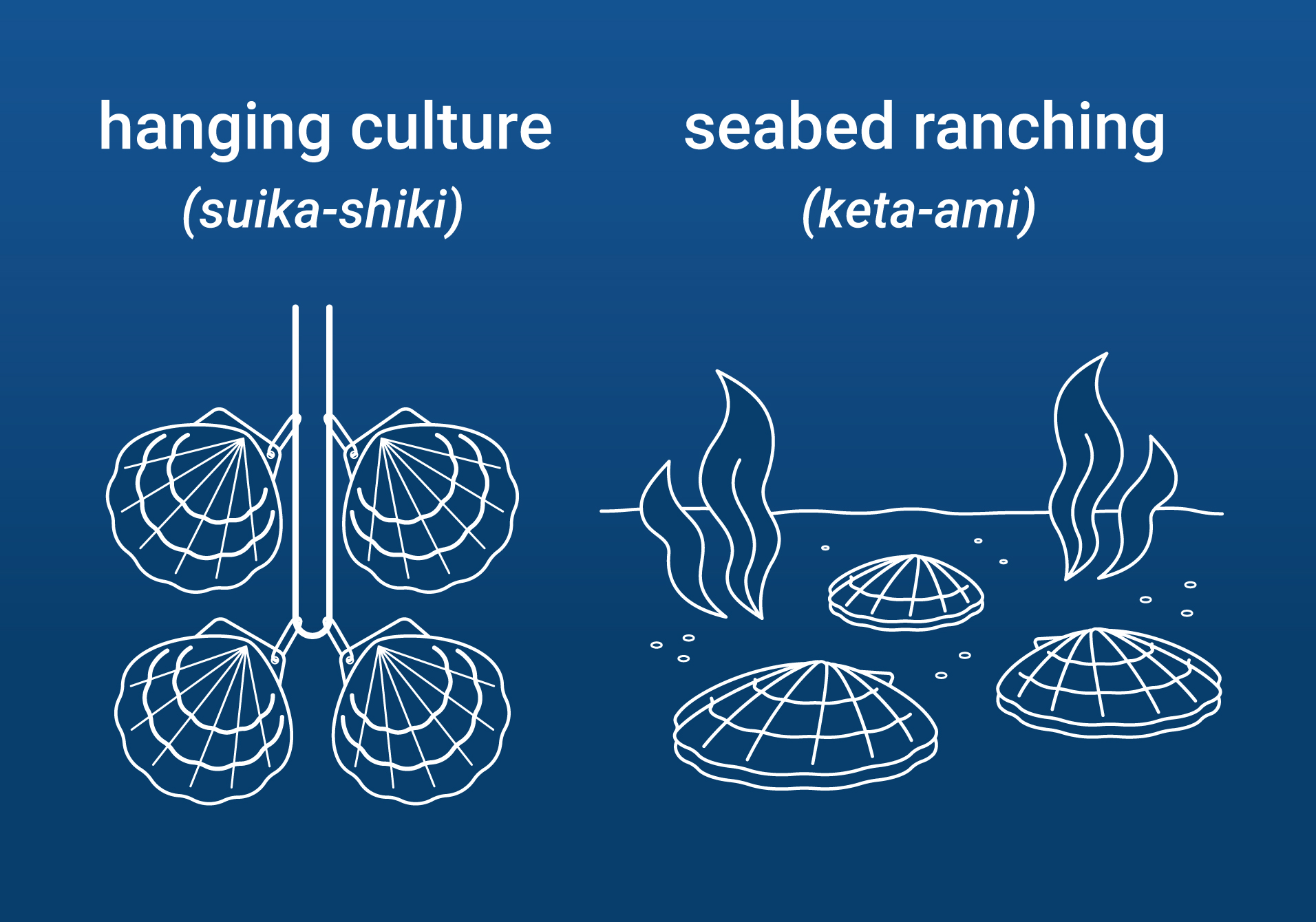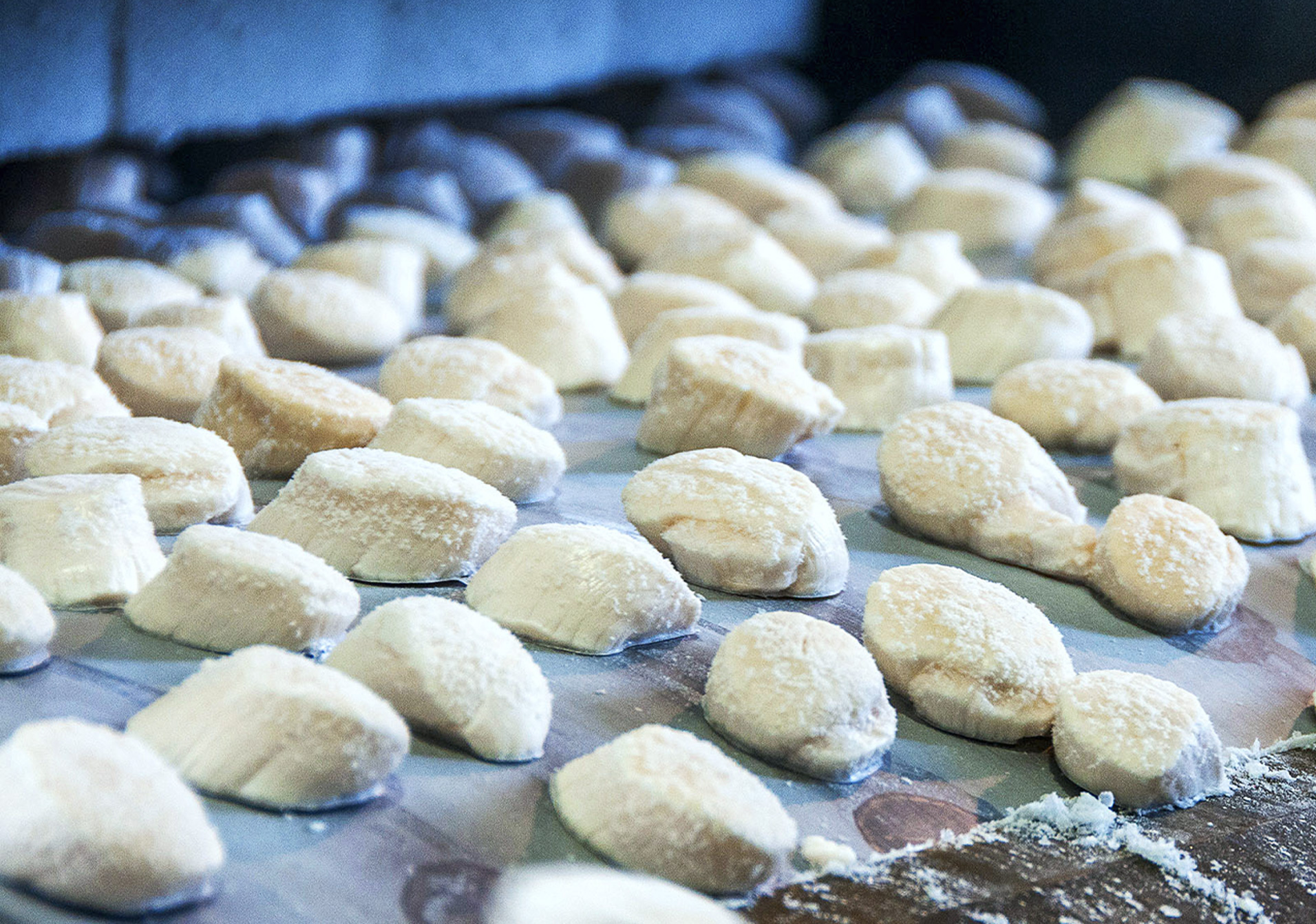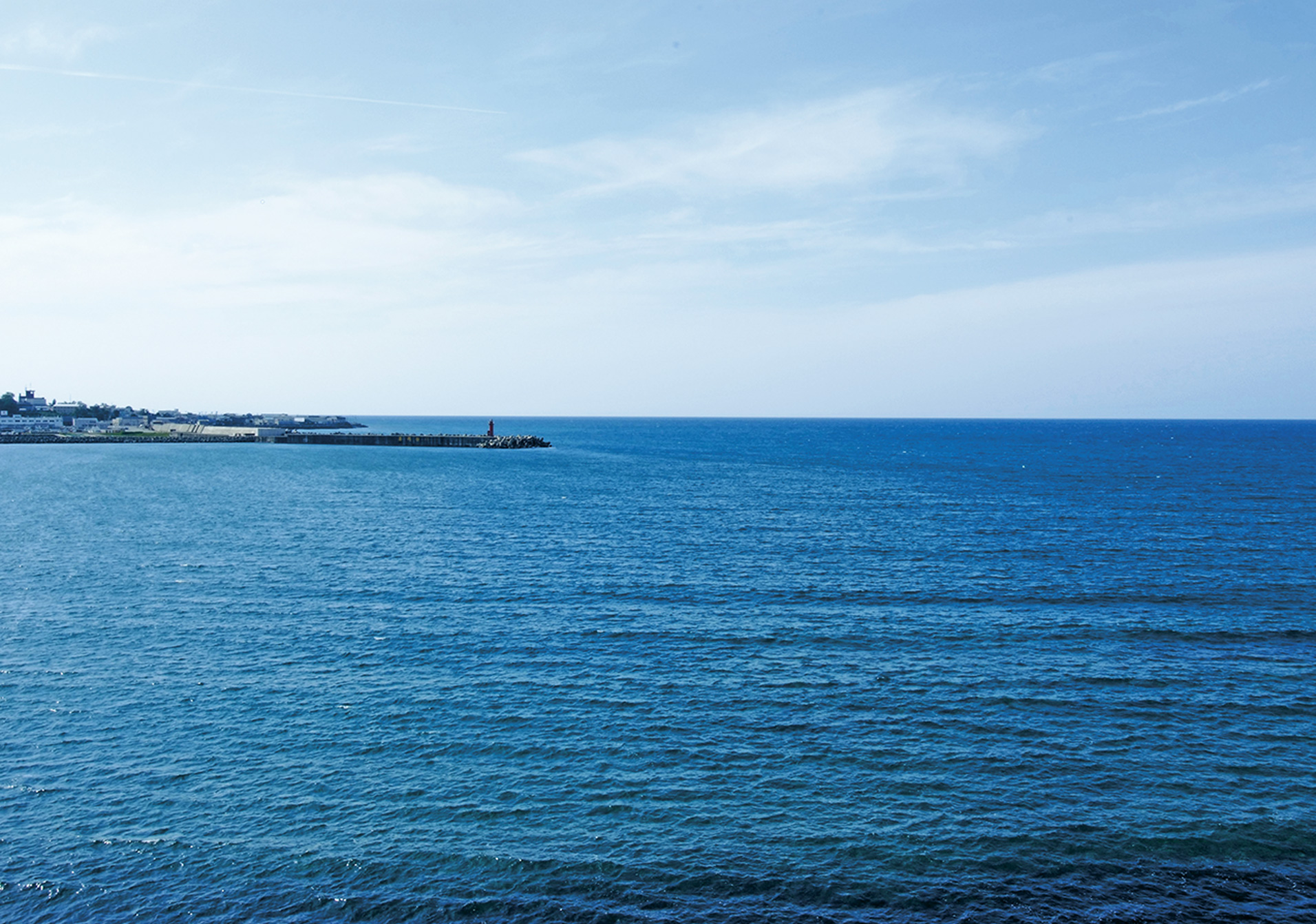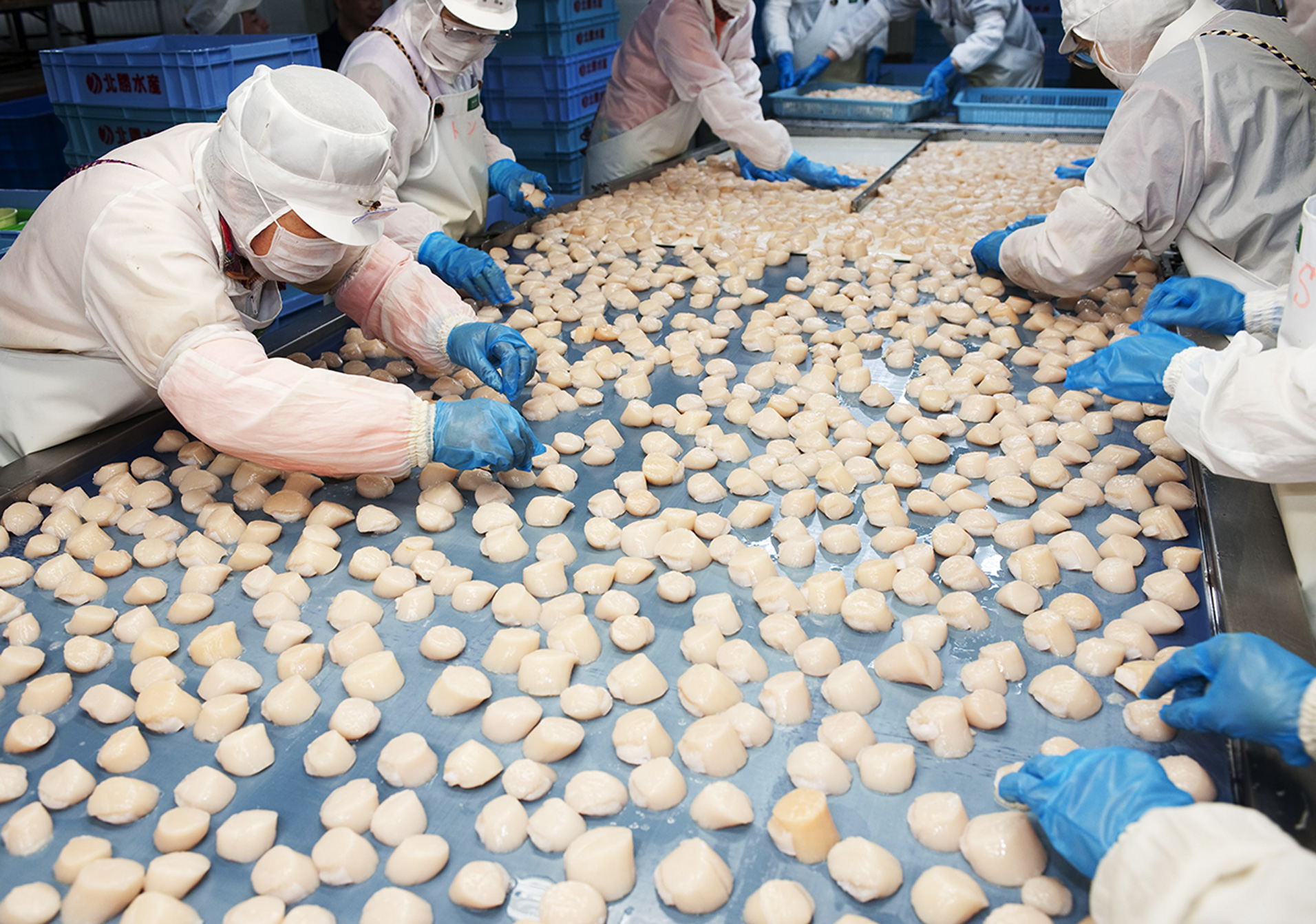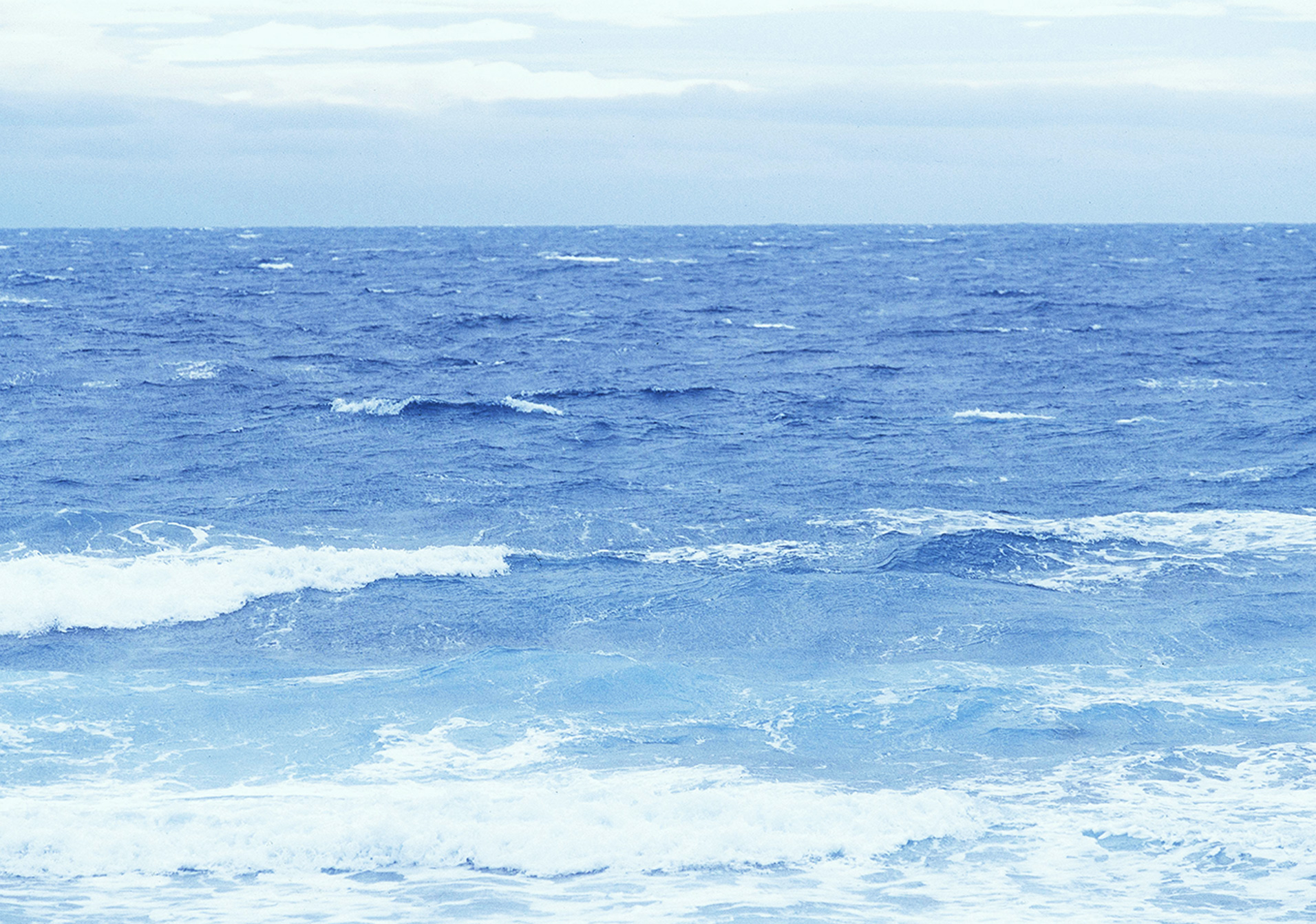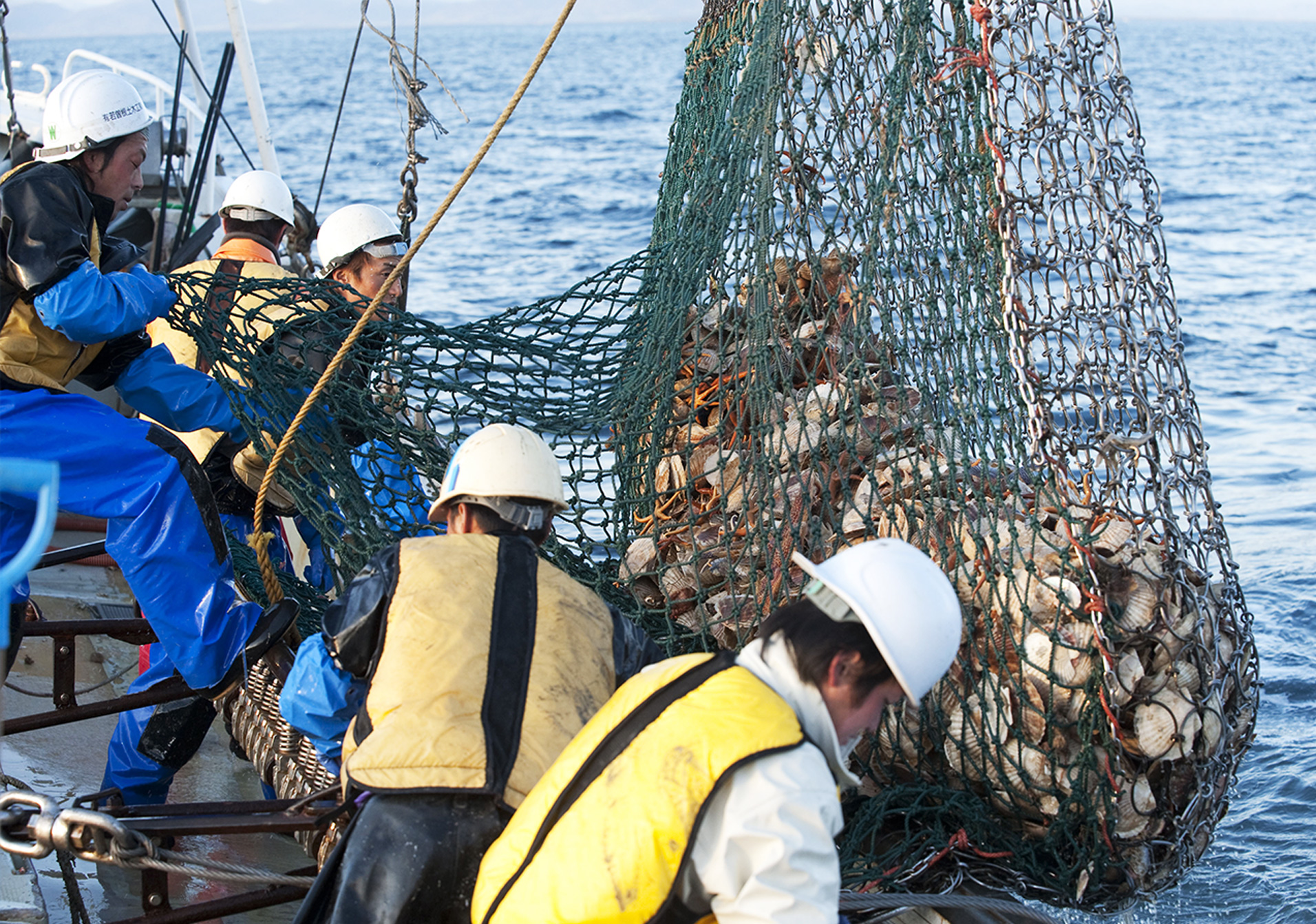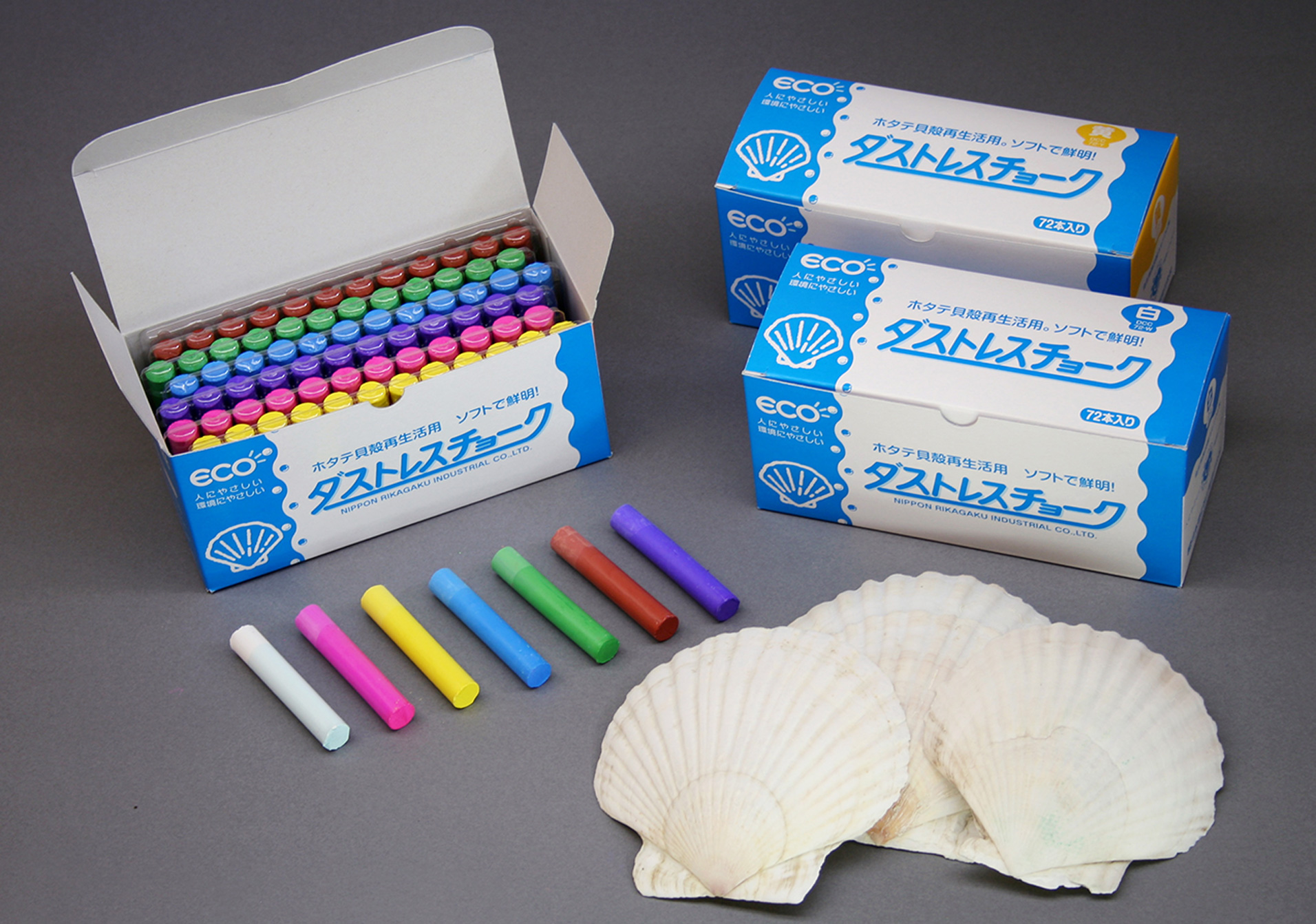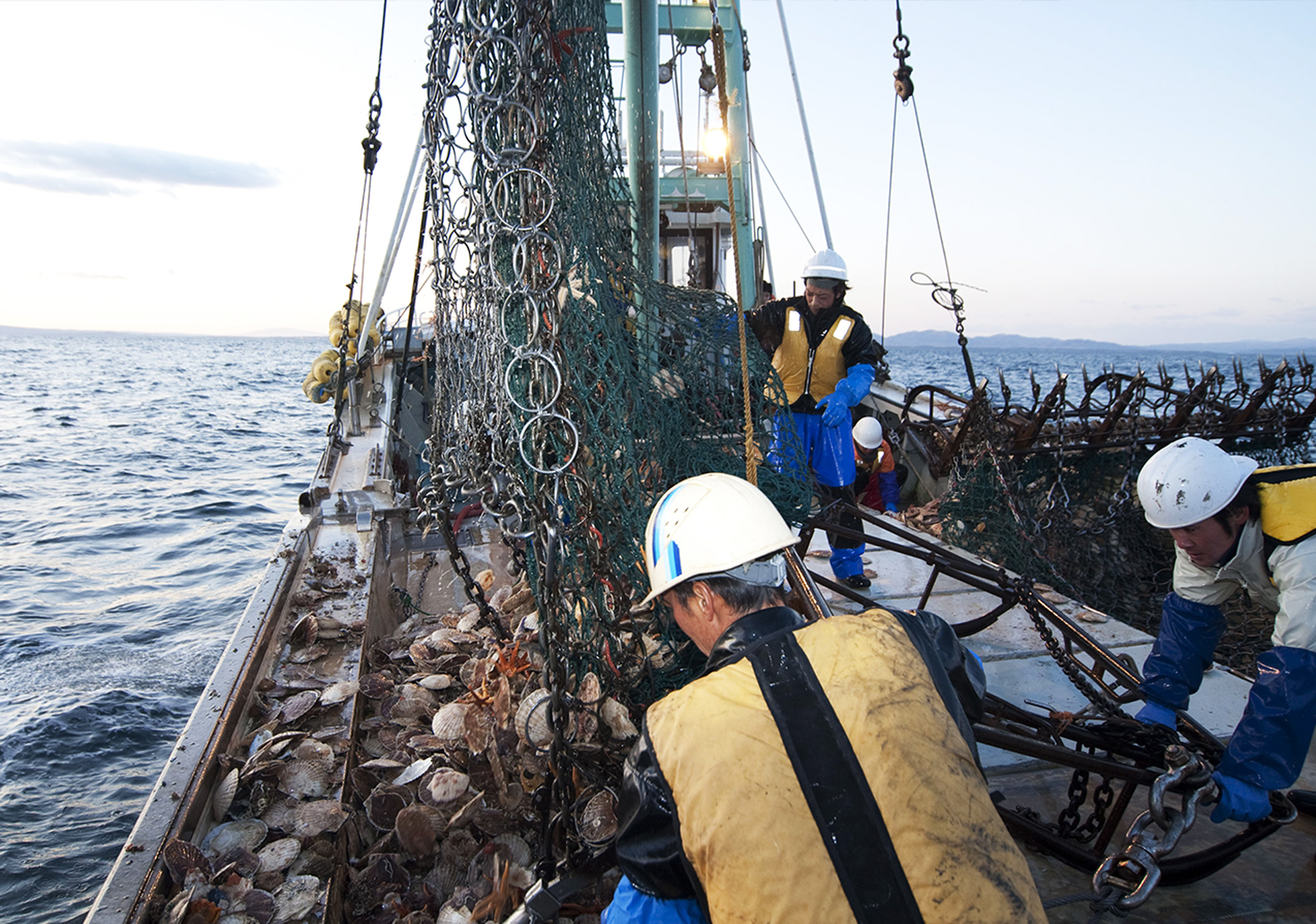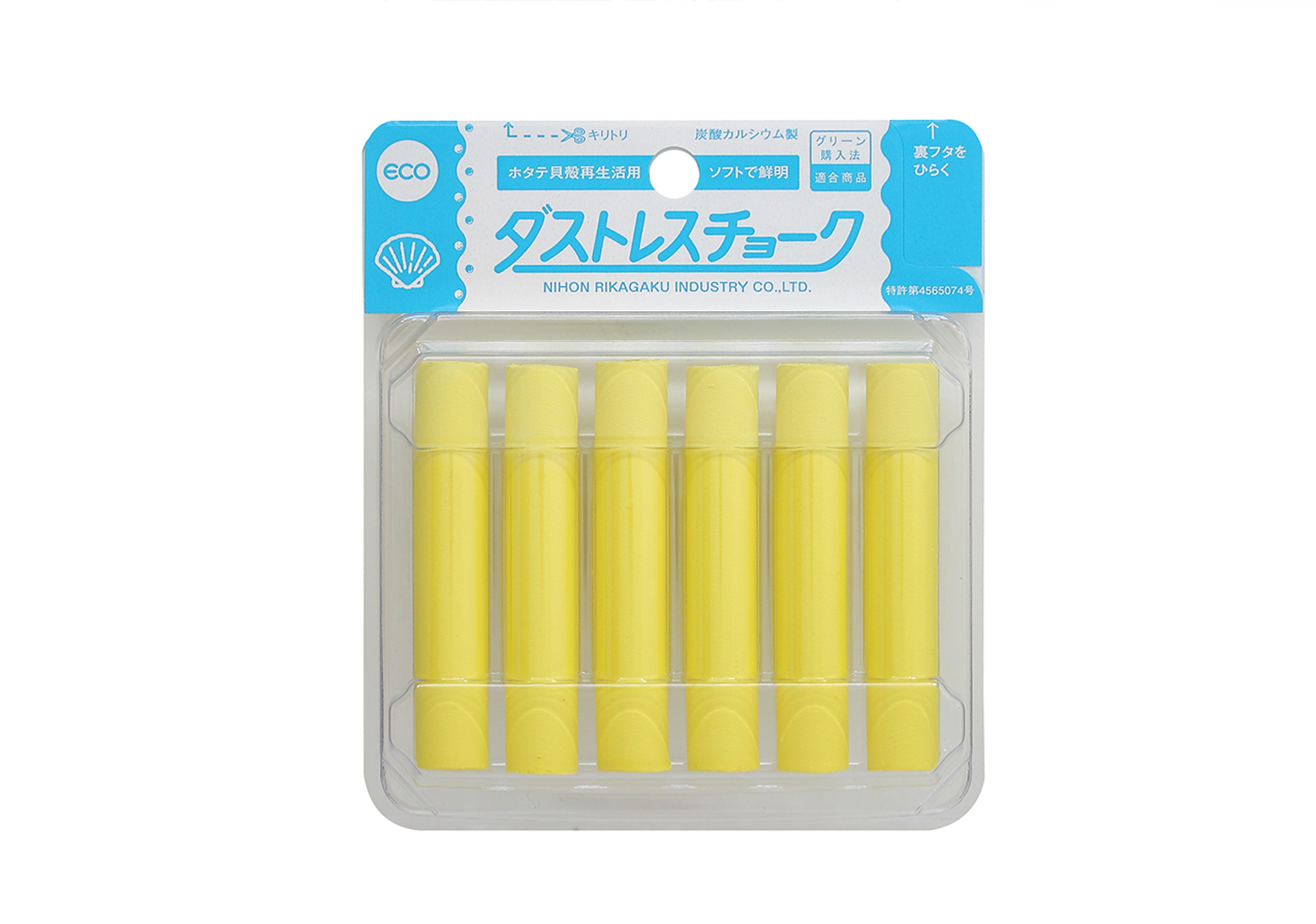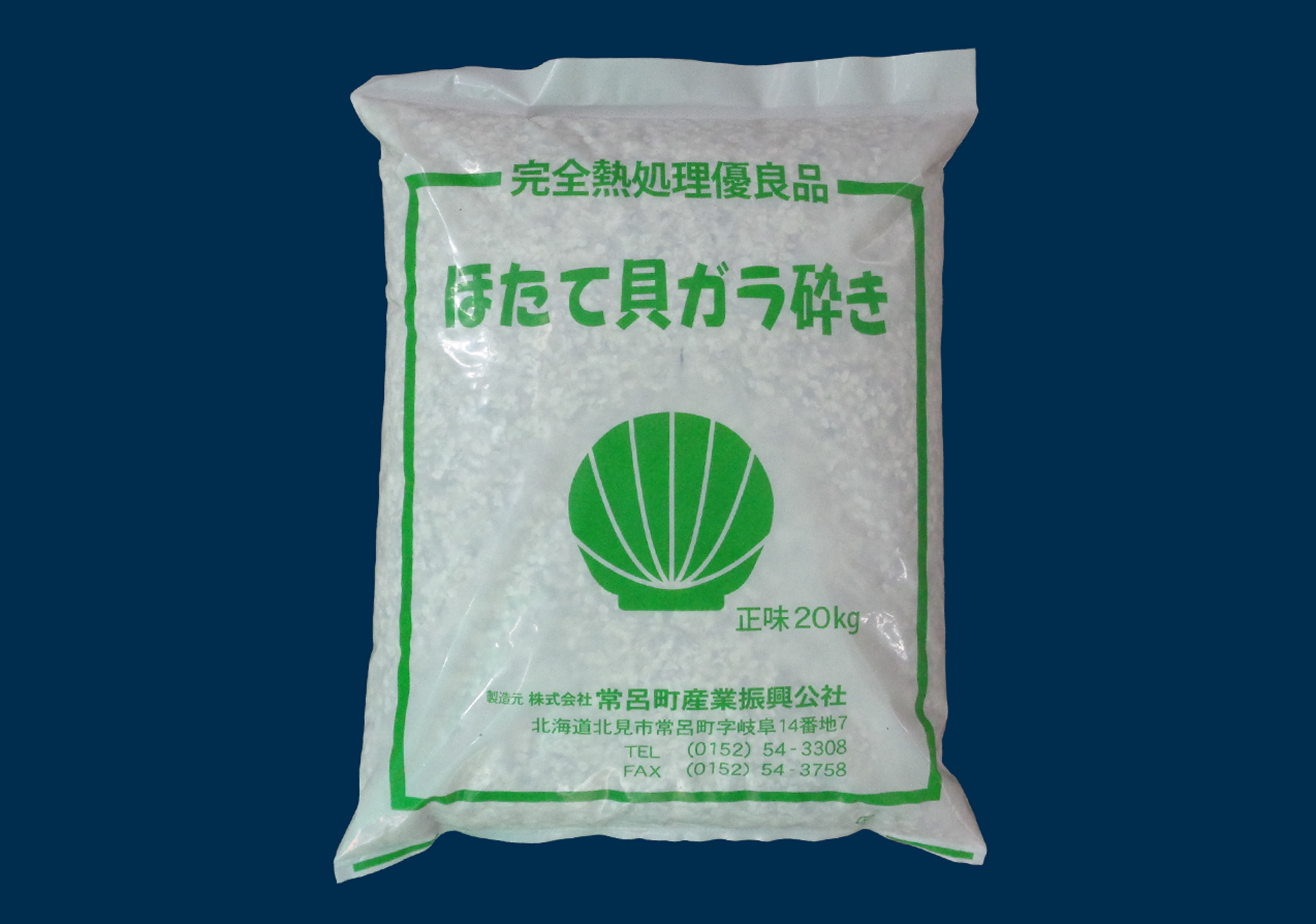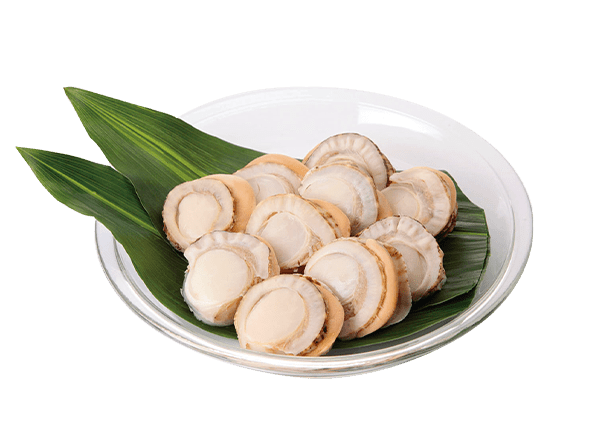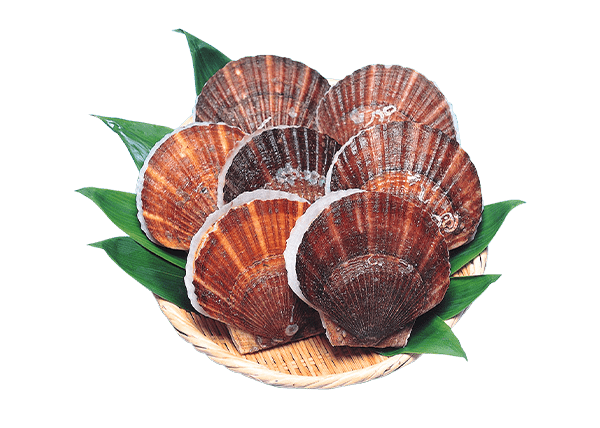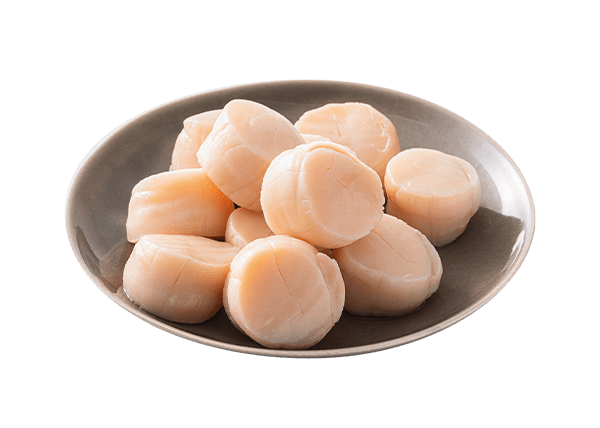HOTATE scallops from Japan (We Say HOTATE ("Hoh-Tah-Teh") ! ) are prized for their taste, size and quality. Whether savored raw in sushi or sashimi or cooked in a variety of cuisine, their succulent sweetness is irresistible. Home to one of the world’s major fishing industries, Japan offers year-round enjoyment of delicious scallops, all cultivated and harvested using environmentally friendly methods and delivered fresh thanks to advanced processing technology. The secret of HOTATE’s umami-rich and nutritious goodness is the clean and nutrient-rich ocean currents where Japan’s major production regions of Hokkaido, Aomori, Iwate, and Miyagi harvest scallops. For scallops of superior quality sustainably cultivated, bursting with healthy nutrition, and above all, the enjoyment of delicious freshness in every bite, the name is HOTATE.
What is “HOTATE”?

QUALITY
Nature’s bounty and cutting-edge technology work hand-in-hand to produce the superior grade and freshness-quality so high that HOTATE can be enjoyed raw.

SUSTAINABILITY
From cultivation methods to shell recycling, Japan’s sustainable approach to HOTATE Fishery is drawing global attention and ensuring a future of deliciousness.

HEALTHY
Widely regarded as the healthiest of seafoods, scallops are often called the “King of Shellfish” because of their high nutritional content and health benefits including treatment of chronic ailments such as diabetes.
“HOTATE” Fishing Area
Blessed by ocean currents carrying waters rich in nutrients, the four regions of Hokkaido, Aomori, Iwate, and Miyagi are the main production areas for scallops in Japan, landing about 500,000 tons of HOTATE annually.

HOTATE Cooking Videos
HOTATE is a versatile food item to be eaten raw as Sashimi or be featured in a wide range of cuisines around the world.
-
HOTATE scallop and papaya ceviche with wasabi sauce
- Ingredients (for 2 servings)
-
3 HOTATE scallops
[Sauce]
2 tablespoons olive oil
1/4 slice freshly squeezed lime juice
salt
1g grated hon-wasabi
[Toppings]
10g papaya
2g shredded hon-wasabi
chives (fresh herbs)
edible flower (chrysanthemum)
-
Deep-fried whole HOTATE scallop burger
- Ingredients (for 2 servings)
-
2 HOTATE scallops(XXL sized)
salt
ground pepper
breadcrumbs
frying oil
4 burger buns[Batter]
25g egg mixture
25ml milk
25g flour
[Tartar sauce]
boiled egg
minced onion
Italian parsley
pickles
mayonnaise
-
BABY-HOTATE scallop dumplings
- Ingredients (for 2 servings)
-
6 dumpling skins
[Filling]
60g cooked Mutsu-Bay-Scallops
10g ginger
30g chicken
15g apple
sesame oil
salt
white ground pepper
-
Grilled HOTATE scallop pinchos
- Ingredients (for 2 servings)
-
6 HOTATE scallops
40g tomato
20g beacon
parsley
olive oil
salt
black pepper
lemon juice
baguette
J-HOTATE ASSOCIATION
Incorporated in 2023, Japan Scallop Export Promotion Association (“J-HOTATE Association”) invites people in Japan and around the world to enjoy the high quality, and healthy deliciousness of sustainably cultivated HOTATE Japanese scallops.



